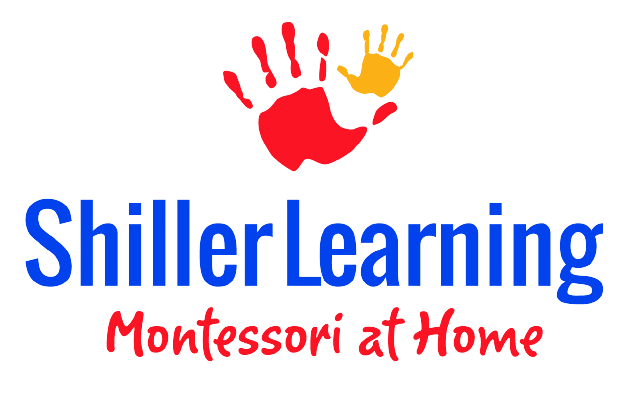Multisensory math is something we love here at ShillerLearning. Counting, learning place value, exploring geometric shapes, and all types of mathematics become more fun when partnered with interactive activities. Not only do kids learn math more effectively with a multisensory approach, they enjoy learning and become lifelong learners. Multisensory learning engages with visual, tactile, kinesthetic, and auditory lessons. Here are some ways to incorporate multisensory math into your homeschool classroom:
- Building: By using blocks and other building materials, children can make clear visual representations of the problems they are trying to solve, create shapes, and more. The classic children’s building blocks are some of a child’s first encounters with math and some of the best ways to make math fun and more concrete.
- Touch: Handling manipulatives (fun, colorful objects for learning), tapping out numbers, and creating tactile points for numbers are all great ways to incorporate the sense of touch. It’s also fun to create manipulatives out of things that have interesting textures such as modeling dough, quinoa, or putty.
- Counters: Unit cubes (included in Math Kit I and Math Kit II), small pieces of food, blocks, beads, or any other small object can be used as counters. This is especially beneficial with younger children learning 1:1 correspondence, solving math problems, and counting. When learning place value, the unit cubes are paired with ten rods, hundred flats, and thousand cubes. As students advance in their math skills, unit cubes can be used in geometric modeling and creating numeric modeling plans. Never underestimate the benefit of a counter!
- Music: Some children learn incredibly fast through song. Music like the 50 ShillerLearning math songs helps reinforce concepts through catchy songs kids will enjoy. (And music isn't just for math; there are over 50 language arts songs - including a song for EVERY letter of the alphabet and fun activities to go with them.) Learning to play and read music can also help children with math skills when they’re older!
- Movement: Incorporating math into outdoor games, using dice, dominos, or a ball to practice math facts, dancing to math music, and counting steps or objects while walking are all ways to get the body moving and grasp math concepts. Sometimes even just a simple movement break in between lessons helps reinforce a concept and improve focus.
- Drawing: Drawing out a problem (such as 5 stars + 2 stars = 7 stars), making shapes and illustrating word problems engage different parts of the brain and build different neural connections.
- Images: Using visual materials such as pictures, graphs, tables, and images will reach visual learners as well as help reinforce concepts in another way.
If you find yourself trying to present a concept to a child that they seem to be struggling to grasp, try approaching it from a different angle using one of these multisensory techniques. If you need help generating ideas or tips feel free to call or email us or ask in the ShillerLearning Customers Facebook group. We also post multisensory math ideas and tips on the ShillerLearning Facebook page.






